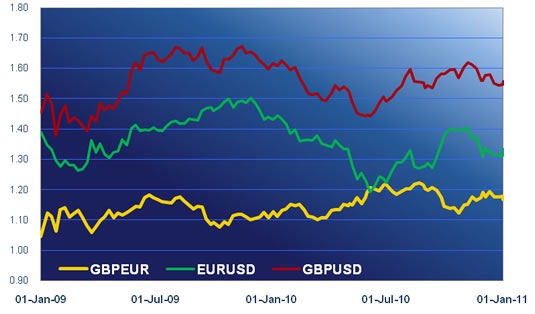– Offset by another low mortgage approvals number
– NZ employment data tonight
|
|||||||||||||
| Economic releases | |||||||||||||
|
|||||||||||||
Good morning. Italian hunters are allowed to roam at will and to fire their weapons anywhere they wish, as long as they are not within 50m of a road or 150m of a house. This “light regulation” leads to accidents. In the past four months 74 people have been hit by rifle or shotgun fire, 35 of them with fatal consequences. Not only do hunters shoot each other: One of them killed a mushroom collector under the mistaken impression he was a wild boar. Cyclists and ramblers have been hit in the crossfire. Hunters seem not to care. They will shoot anything that moves (or doesn’t move, in the case of the unfortunate mushroomista).
The FX market was a bit like that yesterday. There were loads of targets, not all of them legitimate prey but all of potential amusement to the snipers. Almost every currency suffered collateral damage at some point in the day, even if had done nothing wrong. One of the casualties was the US dollar. As the biggest target around it was difficult to miss. Never mind that America’s manufacturing purchasing managers’ index (PMI) scored a robust 60.8 in January, nearly four points higher on the month and with the strongest employment component since 1972: Investors mistook the dollar for a currency deliberately being massaged lower by its government and central bank. They might have held their fire had it not been for a growing confidence that everything would turn out well in Egypt and that global growth would be unaffected by the change of regime there.
Sterling looked for a while as though it would avoid such a fate. Britain’s manufacturing PMI jumped by more than three points to 62.0, its highest level since records began in 1992. On its own that would have been enough to help sterling build on the previous day’s interest-rate-driven rally. Unfortunately, the pound let down its guard with a weak 42.6k mortgage approvals figure, an error which it compounded with a downward revision to the previous month’s number. A volley of incoming fire forced it to keep its head down for the rest of the day. Except against the US dollar sterling was unable to make new ground.
The US and UK manufacturing PMIs look good against most of the opposition. Germany was there or thereabouts at 60.5 but Euroland languished at 57.3. In the great scheme of things those are the only figures that matter to the major currencies but, to add a global flavour, here are the scores for some of the others: Sweden 61.5, Hungary 54.7, Czech Republic 60.5 and South Africa 54.6.
Among the non-PMI data on Tuesday were a 13k fall in the number of unemployed in Germany and an improvement in the rate of unemployment from 7.5% to 7.4%. Unemployment in the euro zone was steady at 10.0% and construction spending in the States fell by -2.5%. Overnight Australia reported a -0.6% monthly fall in new home sales.
The broad swath of strong or improving PMIs should be positive for risk-appetite and the commodity currencies for at least the next couple of days but there will be little to reinforce that optimism over the next 24 hours. Britain’s construction PMI won’t help (although it might help the pound if it can creep above 50.0). Euro zone producer prices have been pre-empted by last week’s consumer price inflation data. The only real candidate for market-moving status will be ADP’s assessment of the January change in US employment. It is not a reliable guide to Friday’s non-farm payrolls figure but in the absence of any clearer signpost investors might decide trade off it anyway. Coming out tonight will be New Zealand unemployment and Australia’s services sector PMI, building permits and balance of trade.
With so few tradable data the two things most likely to influence currency direction are Portugal’s government bill auction this morning and any updates on Hozni Mubarak’s plan for early retirement. Sterling will be watching its step ahead of tomorrow’s services PMI. Nervousness about a repeat of last month’s sub-50 result will make investors wary of taking it too much higher before then.






